Born in Verges in 1876, Francesc Cambó was a wealthy conservative politician, lawyer, author, philanthropist and Catalan nationalist. He founded the Regionalist League, was member of the Spanish government, promoted Catalan culture and collected art (a large part of his collection is on display in Barcelona’s MNAC museum).
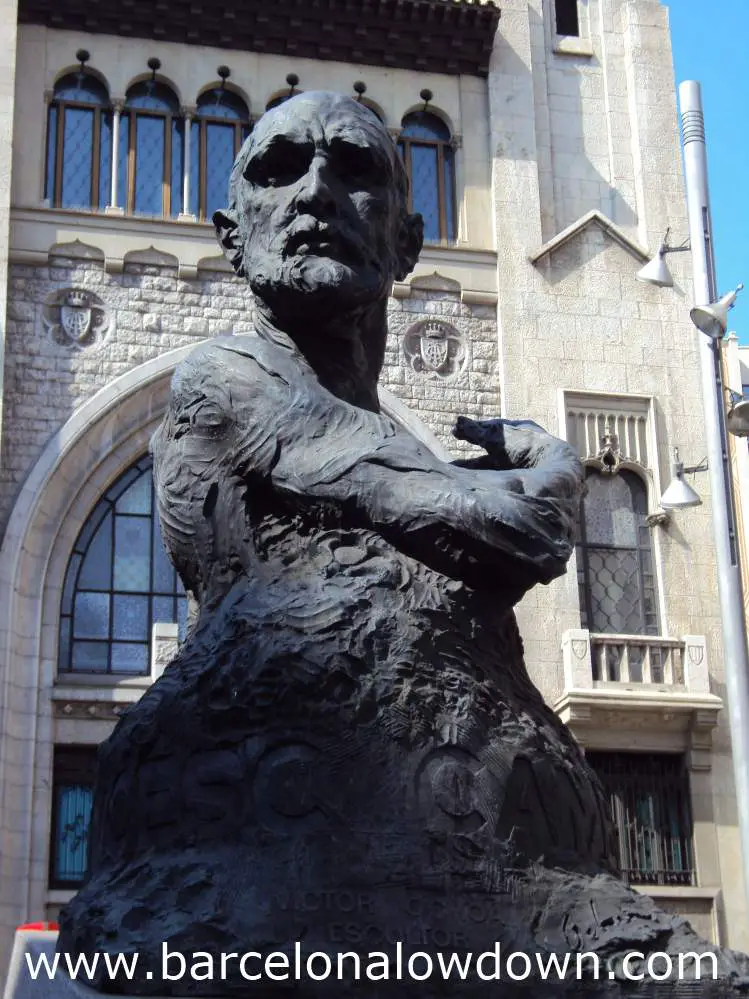
Shortly after the Second Spanish Republic was proclaimed in 1931, Cambó fled to France where he later raised money to help fund Franco’s army during the Spanish Civil War.
Some biographys say that Cambó sided with Franco because he believed that a Republican victory would lead to Spain becoming a communist state controlled by the USSR.
Others suggest that he was unaware of Franco’s true intentions and the genocide which was taking place in Spain. Some sources go further and accuse Cambó of being an informer who collected information about Republicans in exile.
Others simply avoid the subject completely by ending in 1936!
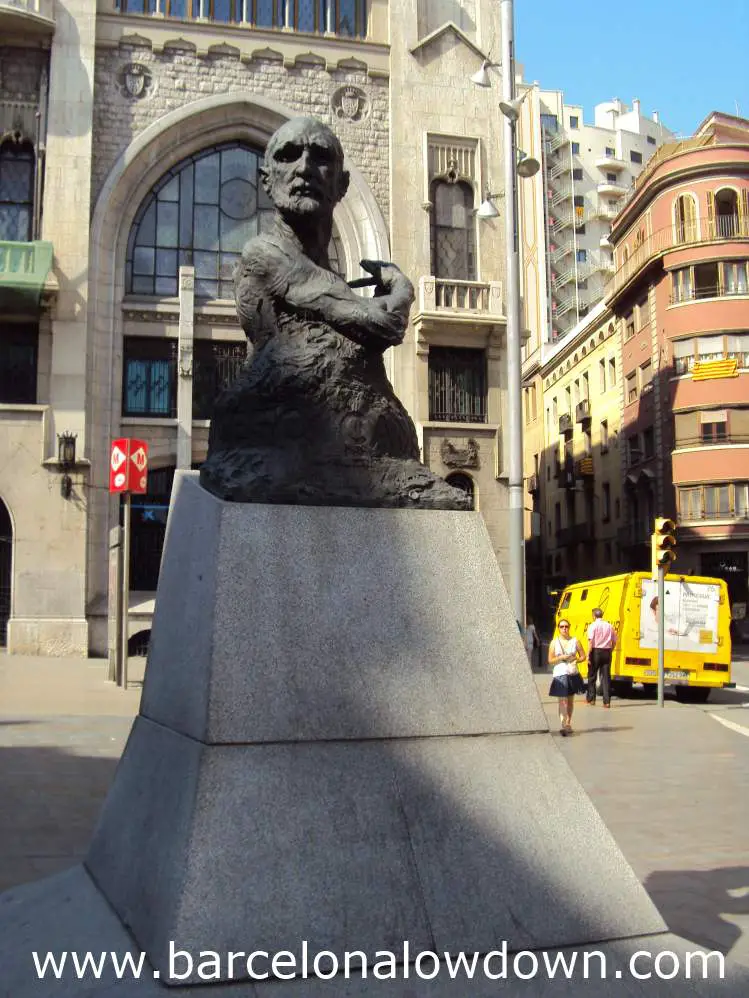
Statue of Francesc Cambó
The controversial bronze statue by Victor Ochoa was inaugurated in 1997, the 50th anniversray of Cambós death. The politician is depicted in a defiant pose with his right arm wrapped around a truncated torso.
Location
Via Laietana 54, Barcelona
How to get there
The statue is next to the Via Laietana exit from the Urquinaona metro station (Lines 1 and 4)
Other attractions nearby
Palau de la Musica Catalana
Mercat de Santa Caterina
Barcelona Cathedral
La Casa dels Entremesos
Plaça de Catalunya
Map
Via Laietana, Barcelona

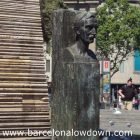
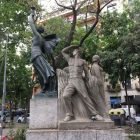
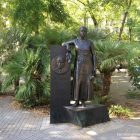
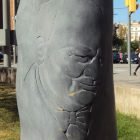
Cambo did not fund the Franco rebellion in 1931. He supported the monarchist cause when King Alfonso XIII abdicated. Cambo stood for election to the Congress in 1933. When the military uprising occurred in July of 1936 he was cruising the Adriatic on his yacht. He publicly supported Franco after October 1936 and, in addition to his significant financial contributions, he wrote numerous propaganda pieces for the nationalist regime that were published in France, England and Latin America. Despite his support for the regime, he remained in exile, dying in Argentina in 1947.
https://ccec.revues.org/3769
Hi Richard,
Thanks for clarifying and for the link.